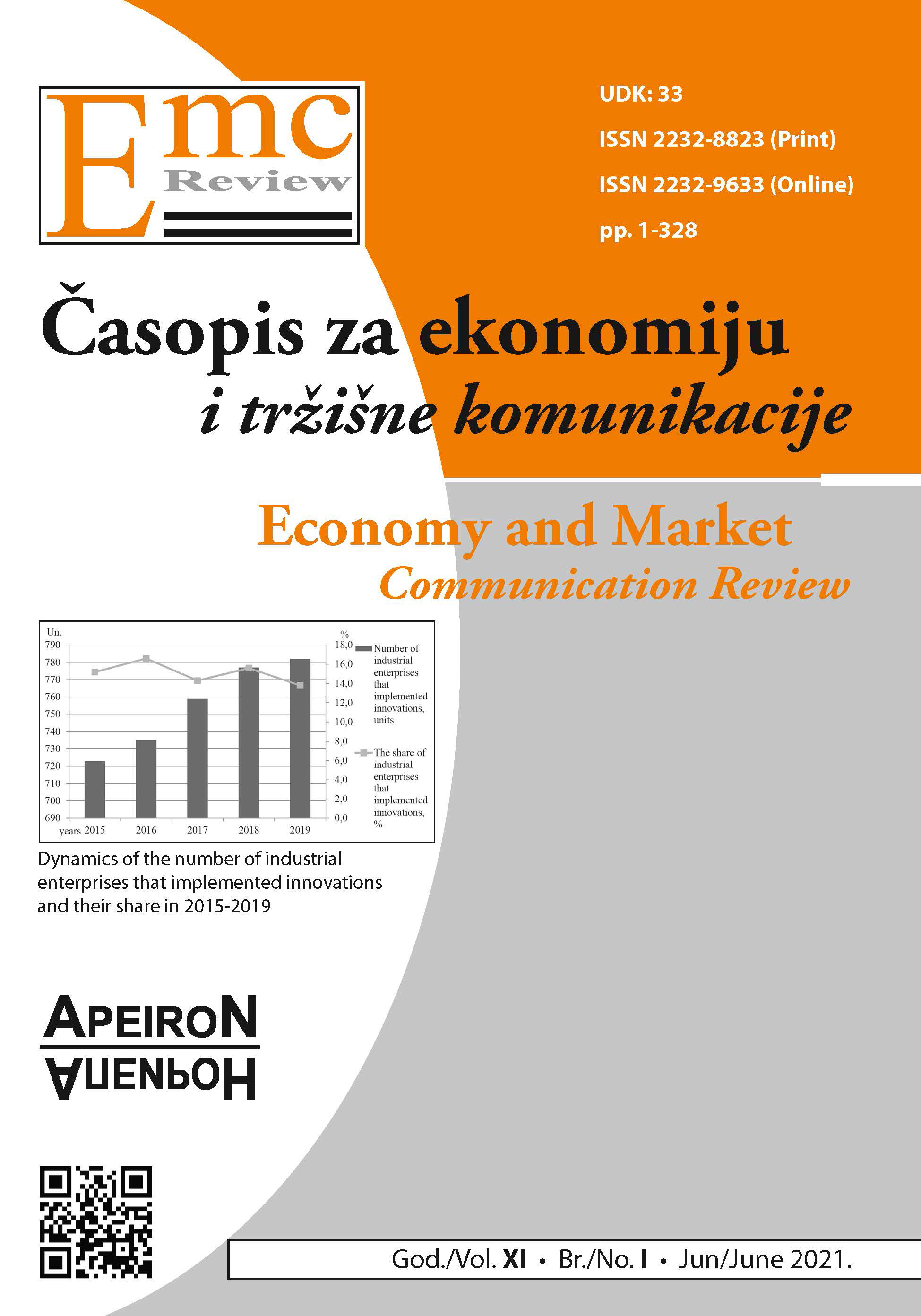INFLUENCE OF TRANSFER PRICES ON TAX EVASION
DOI:
https://doi.org/10.7251/EMC2101227SAbstract
In recent years, transfer (internal) prices have become the subject of interest of many theorists and regulators, both for determining their effects on business and for the possibility of exploiting tax evasion. The foundations for the functioning of transfer pricing are given in the OECD guidelines, and further elaborated through national tax laws and regulations for their application. This regulatory framework treats all relevant entities, circumstances and conditions of transfer pricing, identification and explanation of transfer pricing methodology, and providing objective evidence on the application of the principle of independence and setting other conditions in transactions between related companies, all in order to prevent tax evasion and proven application of legal regulations in the field of transfer pricing. Since transfer prices are linked to decentralized related business entities consisting of parent companies and branches (organizational units or centers of responsibility) operating in the same or another country, tax evasion is done through the transfer of profits from a country with a high tax burden to a country with a lower tax rate. In addition, tax evasion is performed by reducing the tax base for value added tax, which is the difference between the transfer (non-market) price and the market price. Transfer price is formed using methods that are classified into two groups: classical transaction methods or transaction profit methods. Which method will be applied from these two groups depends on the adopted policy of the business entity. In principle, methods that are in line with the nature of the business of the business entity and that can determine the tax base in the most objective way should prevail. In practice, a method is chosen that results in maximizing profits and minimizing tax liabilities, which further leads to a better competitive position of the business entity, improvement of market position and increase of market shares. The subject of observation are all transactions between related parties on the basis of direct and indirect agreements, contracts, agreements and similar business relationships that affect the tax base, namely transactions with assets, services, financial transactions, capital transactions (purchase and sale of securities and shares ) and other similar transactions. The purpose of this paper is to investigate whether transfer prices are in line with the principle of marketability, regardless of the applied calculation method. The aim of this paper is to eliminate all possibilities of tax evasion in transactions between the parent company and subsidiaries within the group. In order to achieve the stated goal and purpose, the basic hypothesis of the work is set, which states that the application of different methods of calculating transfer prices affects the amount of the tax base. Proof of this hypothesis will be done on a case study example. The obtained results can serve as a basis for the commitment of the business entity for the appropriate method of calculating transfer prices. This excludes the individual goals of the business entity and the primacy given to one of the basic goals of taxation: achieving efficiency and fairness.
